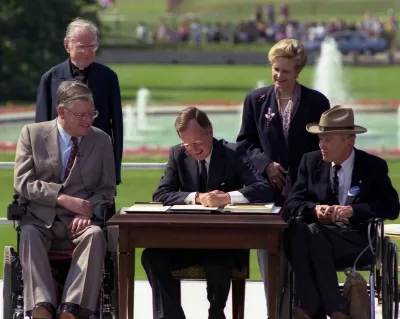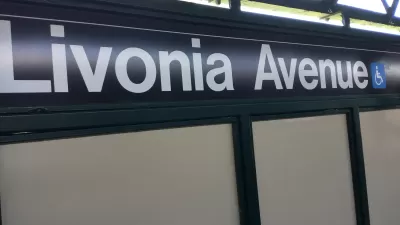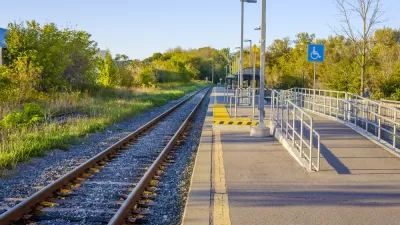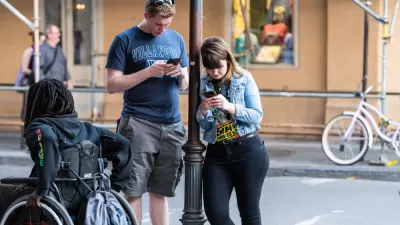While many cities have shown efforts to implement accessible design since the 1990 adoption of the American Disabilities Act, more must be done.

Steve Wright, writer, marketer and disability rights activist, provides a guest post for Smart Cities Dive to commemorate the 30th anniversary fo the sining of the Americans with Disabilities Act.
When the Americans with Disabilities Act (ADA) turns 30 this month, everyone whose work impacts the built environment — architects, engineers, urban designers, town planners and public officials — should be scrambling to observe the landmark federal civil rights legislation.
While the ADA is not a building code or some kind of zoning that can be ignored via variance, its biggest impact by far has been on the civic realm. Buildings, streets, crosswalks, trains, buses, parks, natural trails, city halls, schools, malls, libraries and much more have been made more accessible because of the ADA's adoption on July 26, 1990.
We still have a long way to go toward removing old barriers and approaching accessible design in a creative way, but we certainly are ahead of the game compared to the way life was before the ADA.
FULL STORY: The ADA is turning 30, but the built environment is still far from inclusive

Alabama: Trump Terminates Settlements for Black Communities Harmed By Raw Sewage
Trump deemed the landmark civil rights agreement “illegal DEI and environmental justice policy.”

Planetizen Federal Action Tracker
A weekly monitor of how Trump’s orders and actions are impacting planners and planning in America.

The 120 Year Old Tiny Home Villages That Sheltered San Francisco’s Earthquake Refugees
More than a century ago, San Francisco mobilized to house thousands of residents displaced by the 1906 earthquake. Could their strategy offer a model for the present?

Ken Jennings Launches Transit Web Series
The Jeopardy champ wants you to ride public transit.

BLM To Rescind Public Lands Rule
The change will downgrade conservation, once again putting federal land at risk for mining and other extractive uses.

Indy Neighborhood Group Builds Temporary Multi-Use Path
Community members, aided in part by funding from the city, repurposed a vehicle lane to create a protected bike and pedestrian path for the summer season.
Urban Design for Planners 1: Software Tools
This six-course series explores essential urban design concepts using open source software and equips planners with the tools they need to participate fully in the urban design process.
Planning for Universal Design
Learn the tools for implementing Universal Design in planning regulations.
Clanton & Associates, Inc.
Jessamine County Fiscal Court
Institute for Housing and Urban Development Studies (IHS)
City of Grandview
Harvard GSD Executive Education
Toledo-Lucas County Plan Commissions
Salt Lake City
NYU Wagner Graduate School of Public Service





























